The double bubble keeping sea life out of trouble
Offshore wind installations might be a wonderful solution to a serious problem for humans, the underwater sea life may now be negatively impacted instead. Linda Kemp, project manager at MARIN shows how bubbles can prevent wind turbine installation noise that harms sea life. It is really nice topic to work on a project that helps to protect the sea life and to improve the sustainability of the ocean.”

Protecting sea life
Hammering the foundations of wind turbines into the sea bed causes noise, and surrounding sea life can be severely disturbed, even harmed, if no precautions are taken. Underwater species, such as the harbour porpoise, are dependent on sounds to navigate, and the installation noise chases them away over very long distances.
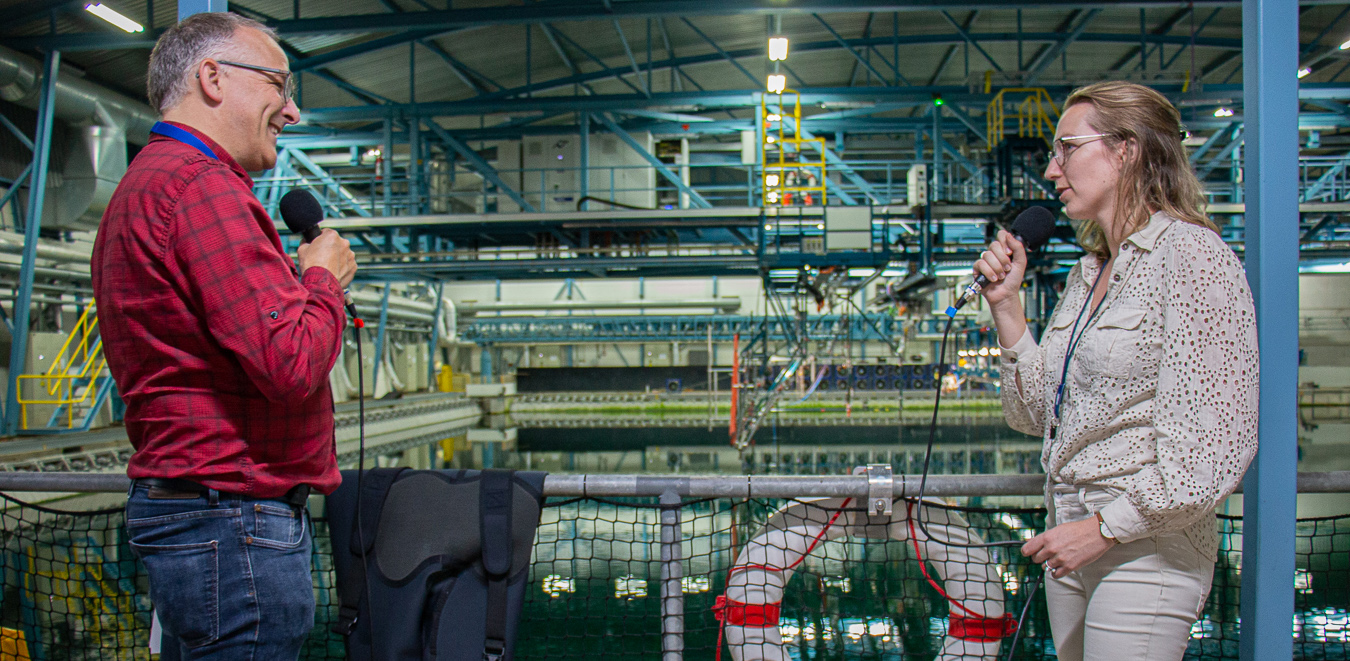 |
|
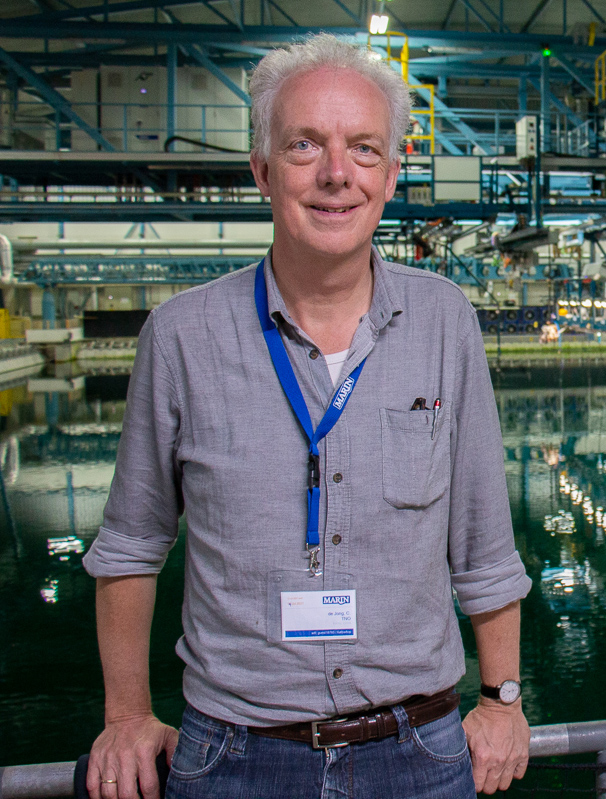
What’s new?
Though the usage of these bubble curtains isn’t new, the research into their precise workings and performance is. As Linda Kemp explains: “At the moment, we don’t know a lot of details about these bubble curtains. So, in our basin we have a controlled environment to get to know more about these bubbles, to measure them, and to understand more of these bubble curtains.” Therefore, by facilitating this research, Bubbles JIP seeks to achieve a more efficient and effective use of bubble curtains for noise mitigation in offshore installation projects.
How does it work?
The concept of bubble curtains is fairly simple: a large hose is placed on the sea bed, forming a large circle surrounding the monopile that is to be installed. Many compressors pump air into this hose, generating bubbles through small holes, until a solid bubbly curtain has been created.
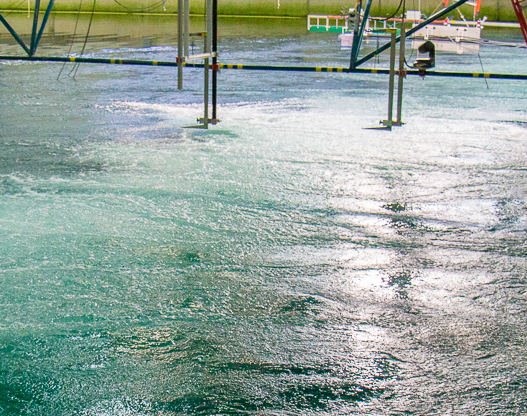
Such variables include bubble distribution, bubble size, and the fraction between air and water. Other parameters like the current, the mass flow of air going into the hose, the diameter of the circular bubble curtain, and the porousness of the hose, are also included in different stages of the research.
Additionally, research regarding the sound propagation of noise from piling through water and soil will also be targeted, as well as the creation of useful bubble measurement technology and the establishment of improved understandings of current noise levels and frequency ranges.
Essentially, the research wants to establish “what do you have to tune about your bubble curtain to ensure that the noise mitigation is enough to install offshore wind farms, without causing harm to the sea life,” as Linda Kemp summarises.
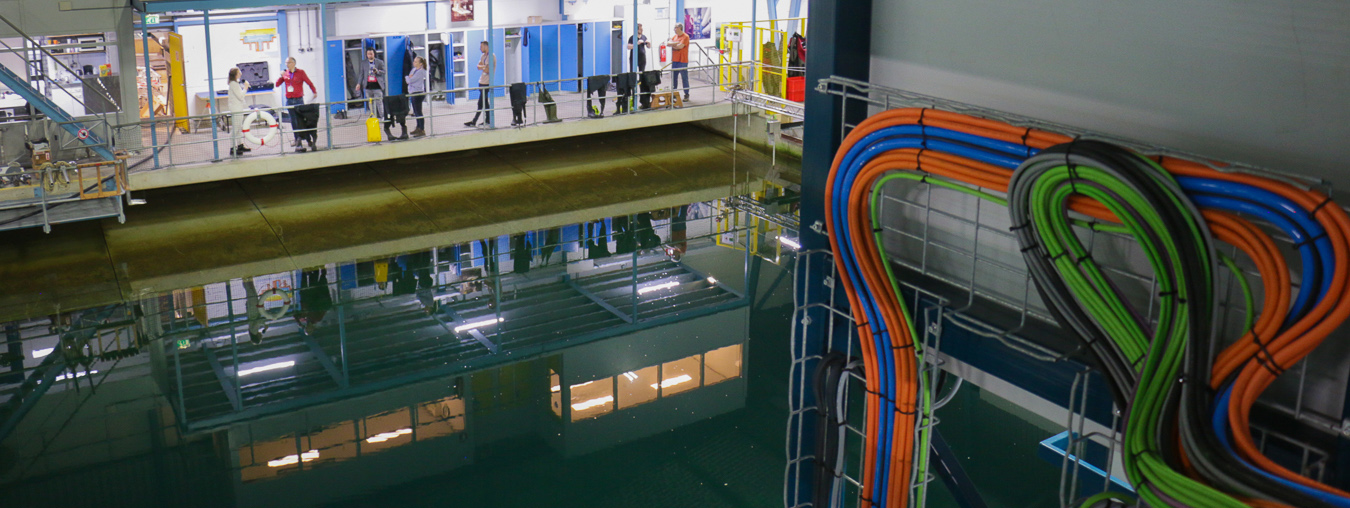 |
|
What’s unique?
Unsurprisingly, the extensiveness of the project is unique and also the essential collaboration between various expertises of industry and research institutes. Though the literature on similar experiments to mitigate underwater noises exists, this often targets near-field systems, rather than far-field systems. This is a significant distinction.
With near-field noise mitigation the noise is mitigated directly at its source. With far-field noise mitigation, there is a certain distance between sound source and applied mitigation measures.
Since a certain distance is kept between the monopile and the mitigation measure - in this case, the bubble curtain. The ‘near’ systems generally focus on the lower frequencies, and are less efficient in reducing the sound radiated from the into the sediment and then propagated into the water. Yet research on far-field noise mitigation barely exists.
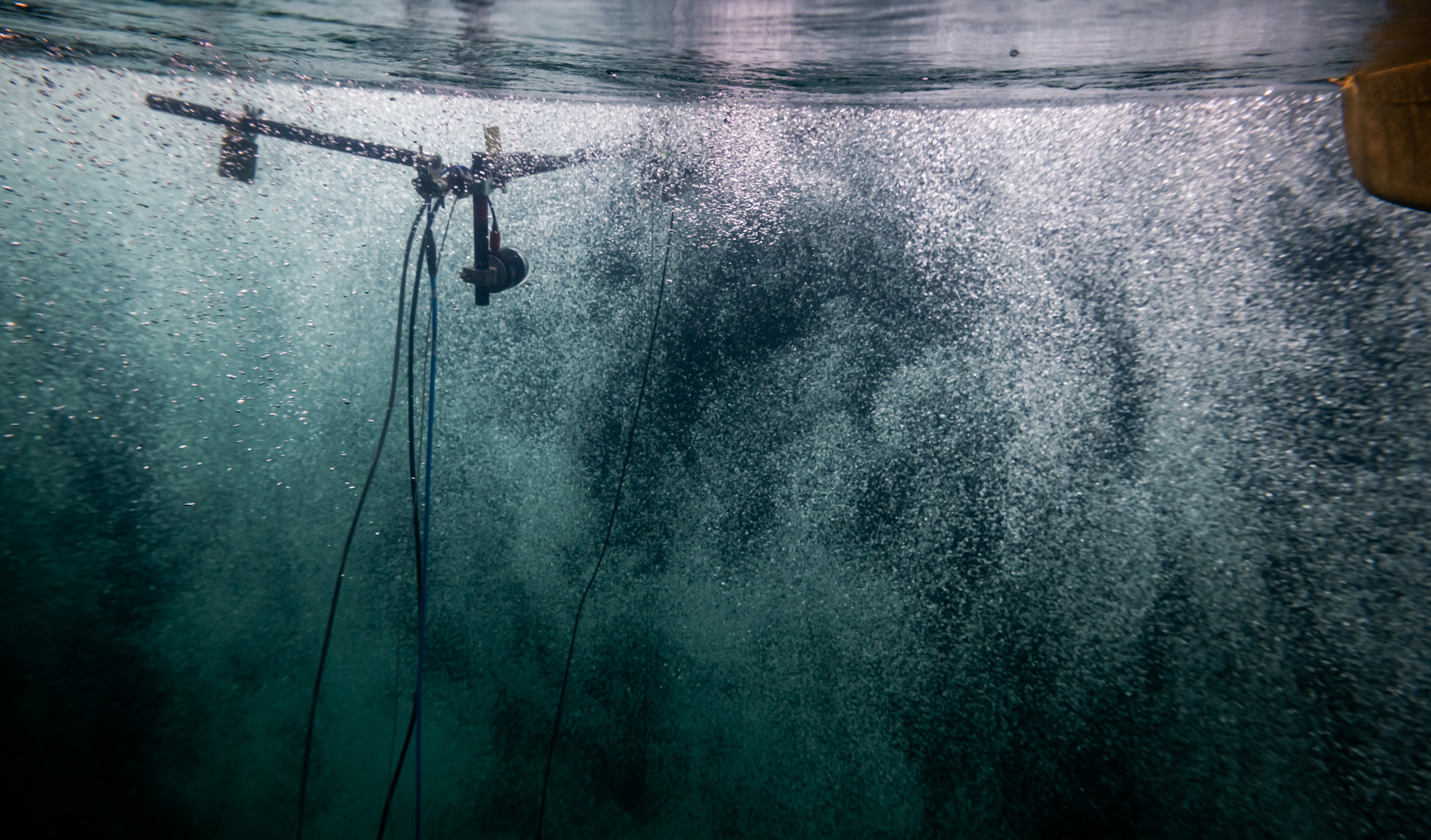 |
|
For Linda Kemp specifically, the whole sound topic is quite new: “It’s very cool that we as MARIN have knowledge about water and waves and are doing tests, and are incorporating such a new topic, namely noise in combination with bubbles, in our basins. It was quite challenging, but that’s also the nice part, because you’re developing something new.”
Add to this a measurement system that was built from scratch, and a ground-breaking project is born - one that is, Linda Kemp hopes, “future-proof”.
Cooperation is key
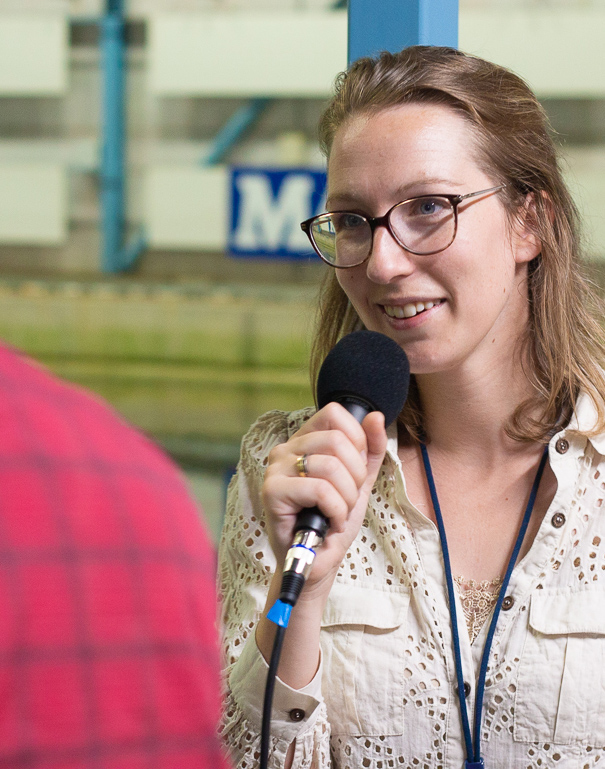
Moreover, industry partners provide knowledge about current practices and environmental conditions. Together, this results in interesting conversations about what the industry wants to do, what they want to know, and what can be done to facilitate that.
Linda Kemp stresses how fun and inspiring the project becomes as a result. “Developing something new, together, to protect sea life and to improve ocean sustainability is incredibly motivating, and all those involved now visit the basin to watch the magic of the bubbles.”
Boskalis: operational expertise on bubble curtains
IHC: operational expertise on bubble curtains
MARIN: expertise in hydrodynamics
Seaway7: operational expertise on bubble curtains
TNO: expertise in underwater acoustics
TU Delft: acoustic and process system modelling
Van Oord: operational expertise on bubble curtains
Heerema Marine Contractors: operational expertise on bubble curtains
Wageningen University & Research: expertise on sensitivities of sea mammals
What happens next?
As the Bubbles JIP project page outlines, a best practice report will be drawn up to offer information and advice to industry partners. Not only will this equip the offshore wind industry with the knowledge and abilities to protect marine life, it also reduces the legal, financial, and technological risks that are often posed due to incorrect or excessive usage of bubble curtains.
A proper execution of this project will, as Linda Kemp highlights, “help to install a further amount of wind turbines, with a negligible impact on the environment” and support the industry in making the energy transition happen. This, clearly, is another revolutionary step towards a better world.
Find out more about the Bubbles JIP project,
© GROW ’25